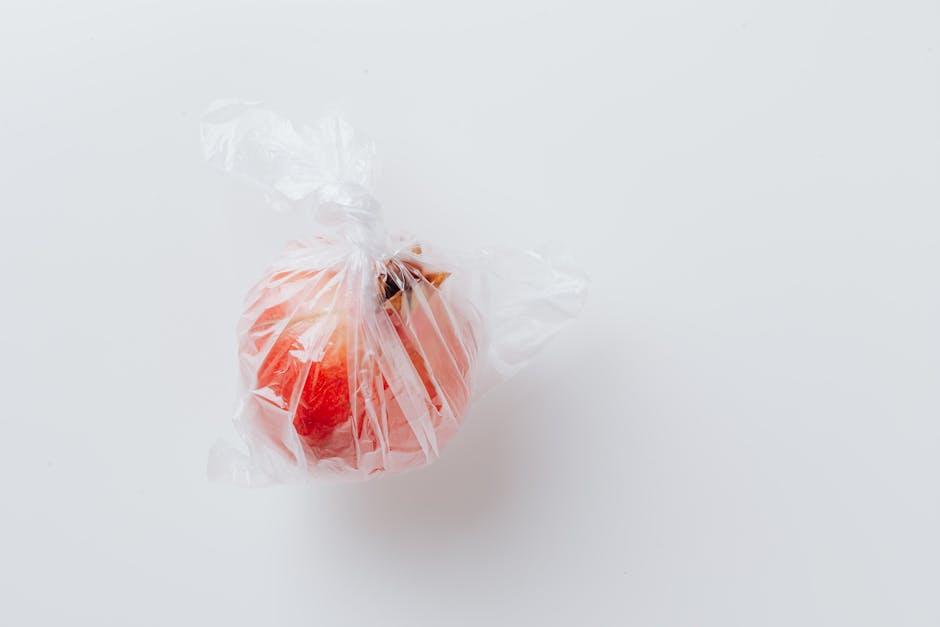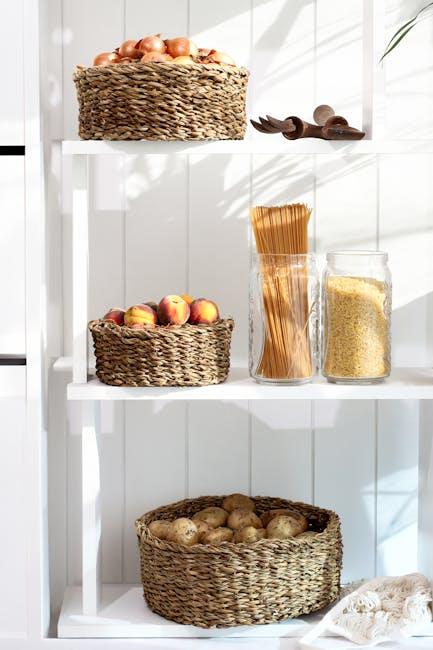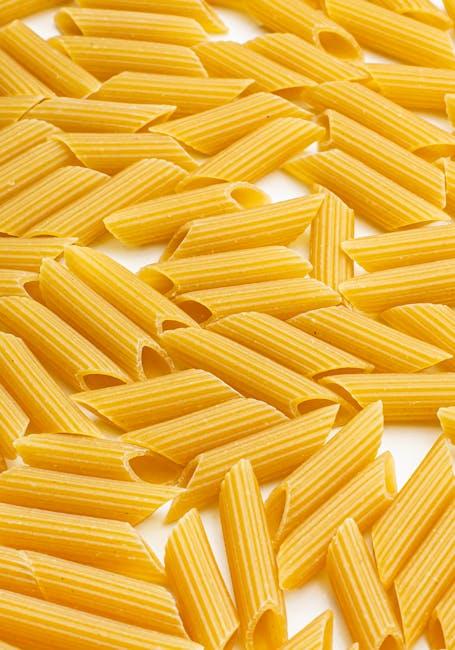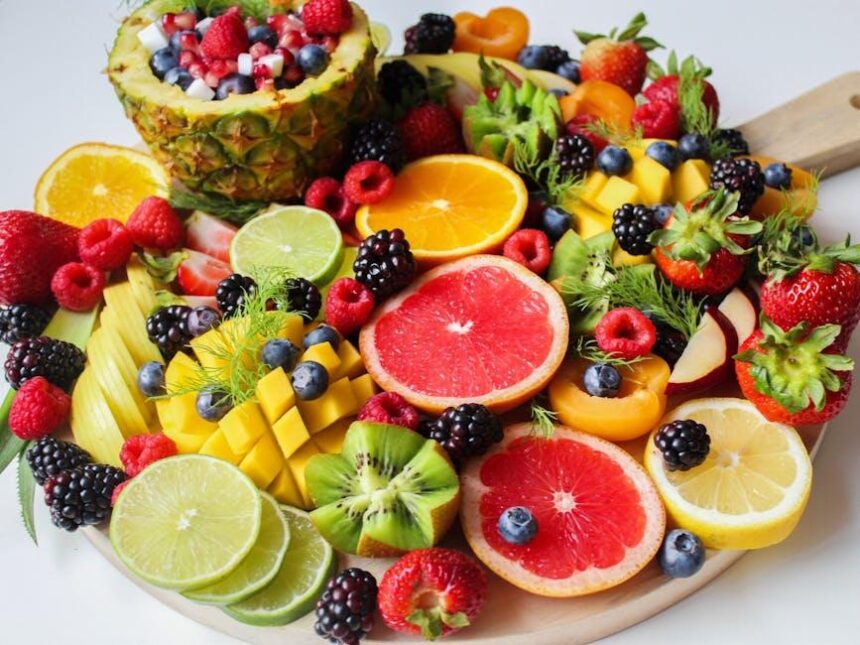In the quiet corners of every kitchen, a silent story unfolds – one of abundance, choice, and often, unintended waste. Food waste at home is a challenge that quietly drains our resources and weighs on the environment, yet it remains one of the most easily addressed issues within our control. By transforming everyday habits and embracing mindful strategies, we can turn the tide, ensuring that every crumb counts. This article explores practical and thoughtful ways to reduce food waste at home, inviting readers to join a movement that nourishes not just our bodies, but the planet as well.
Understanding the Impact of Food Waste on Your Household

Food waste at home goes beyond just tossing leftovers in the trash-it silently chips away at your budget and environmental conscience. Every discarded apple, stale bread slice, or forgotten vegetable represents not only lost money but also wasted energy, water, and labor used in its production and transport. Understanding this ripple effect helps households realize that reducing food waste is a form of resourcefulness that benefits both the planet and your wallet.
Beyond environmental impact, food waste undermines kitchen efficiency and meal planning. By tracking what gets thrown away, you can identify patterns that lead to overshopping or improper storage. Consider these practical ways to regain control:
- Plan meals with flexible ingredients that can be repurposed.
- Create a “use first” zone in your fridge for perishable items.
- Practice portion control to avoid cooking excess food.
- Store food properly using airtight containers or wrapping.
| Food Type | Common Waste Reason | Quick Fix |
|---|---|---|
| Leafy Greens | Wilting before use | Freeze or blend into smoothies |
| Bread | Becomes stale quickly | Make croutons or breadcrumbs |
| Fruit | Overripe and overlooked | Use in baking or jams |
| Cooked Leftovers | Forgotten in fridge | Label and date containers clearly |
Smart Shopping Strategies to Minimize Excess

Before you even step foot inside the grocery store, plan your meals for the week to avoid impulse buys that often lead to food waste. Carry a detailed shopping list organized by category-produce, dairy, grains-so you navigate aisles efficiently and resist temptation. Focus on purchasing versatile ingredients that can be used in multiple dishes, reducing the risk of leftovers going uneaten. Remember, buying bulk only makes sense if you can consume all the items before they spoil.
Another clever tactic is to embrace the “realistic portion” mindset: buy quantities scaled to your household size and consumption habits. Utilize smaller containers or produce pre-packaged in smaller portions to keep quantities manageable. Keep an eye out for “imperfect” fruits and vegetables; often discounted, these are just as nutritious and help divert food waste upstream. Here’s a quick glance at common purchase habits and smart alternatives:
| Traditional Buy | Smart Alternative |
|---|---|
| Large bunch of bananas | Small bunch or individual bananas |
| Bulk salad greens | Pre-washed smaller portions |
| Family-sized yogurt tubs | Single-serve containers |
| Oversized bread loaves | Smaller loaves or rolls |
Creative Meal Planning and Leftover Transformation

Maximizing the potential of each ingredient sparks culinary innovation and minimizes waste. Start by envisioning your meals as flexible frameworks rather than strict recipes. Incorporate versatile staples like grains, beans, and seasonal vegetables that can easily transform into a variety of dishes. Utilize weekly planning to repurpose leftovers-roasted veggies can become vibrant frittatas, day-old bread morphs into crunchy croutons, and cooked rice blossoms into satisfying stir-fries. This mindset not only nurtures a resourceful kitchen but also invites spontaneous creativity every mealtime.
Consider this simple guide to leftover creativity, which turns once-forgotten scraps into delightful new meals:
- Vegetable Peelings: Infuse them into homemade broths, adding depth without extra cost.
- Stale Bread: Blend into breadcrumbs or mix with herbs to create stuffing.
- Cooked Grains: Sauté with spices and fresh vegetables for a quick fried rice.
- Fruit Scraps: Simmer into compotes or tangy jams perfect for breakfast toast.
| Leftover Type | Transformation Idea | Benefits |
|---|---|---|
| Cooked Pasta | Bake into casseroles or mix in salads | Creates hearty new meals |
| Overripe Fruits | Turn into smoothies or muffins | Reduces spoilage |
| Leftover Meat | Chop for tacos or stir-fries | Minimizes waste, boosts flavor |
Effective Storage Solutions to Extend Food Freshness

Maximizing the lifespan of your groceries starts with choosing the right storage method for each type of food. For instance, leafy greens stay crisper when wrapped in a paper towel inside a perforated plastic bag, while most fruits benefit from cool, dry environments away from direct sunlight. Keeping herbs fresh can be as simple as treating them like cut flowers-storing them in a jar of water and covering loosely with a plastic bag. Your kitchen fridge can become a fortress against food waste by organizing shelves to separate raw items from ready-to-eat foods and using clear containers to make visibility effortless.
Employing strategic storage tools enhances durability, such as using vacuum sealers to remove air and preserve meats, cheeses, and baked goods. Replacing plastic wraps with reusable silicone lids or beeswax wraps also creates a healthier environment for perishables. Remember, temperature control is key-store tomatoes at room temperature for the best flavor, but keep berries chilled and dry. Below is a quick reference to help categorize storage methods:
| Food Type | Optimal Storage | Tip |
|---|---|---|
| Leafy Greens | Paper towel + perforated plastic bag | Wrap loosely to breathe |
| Berries | Chilled, dry container | Wash just before eating |
| Root Vegetables | Cool, dark, dry place | Avoid moisture for longevity |
| Herbs | Jar with water + loose cover | Trim stems regularly |
| Cheese | Vacuum sealed or wax wrapped | Re-wrap after use to prevent drying |
In Retrospect
Reducing food waste at home might seem like a small step, but it’s one that echoes far beyond your kitchen. By embracing mindful shopping, proper storage, and creative leftovers, you transform not just your meals, but your impact on the planet. Each conscious choice is a chance to save resources, cut costs, and savor food at its fullest potential. So, as you close this chapter on food waste, remember that every bite saved is a quiet victory for both your household and the world.














